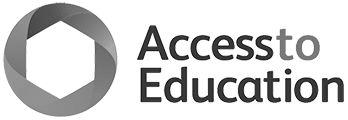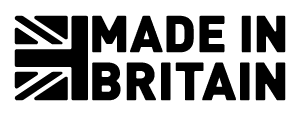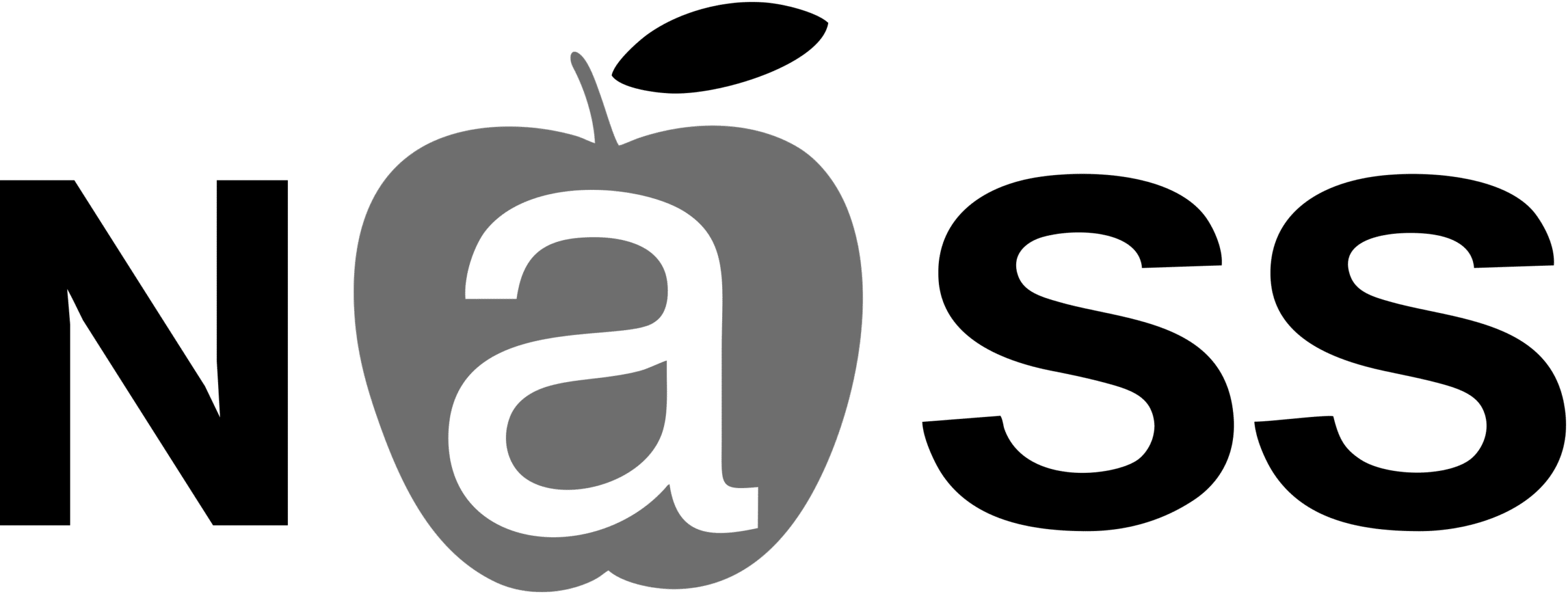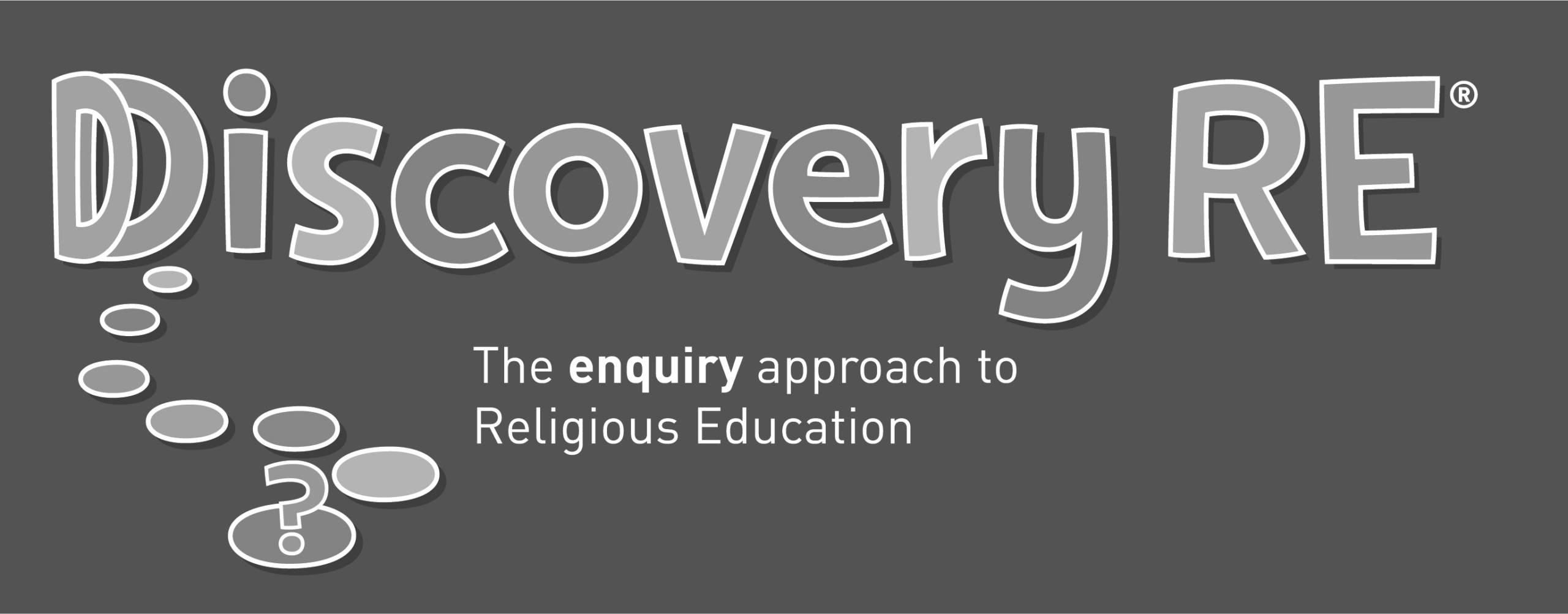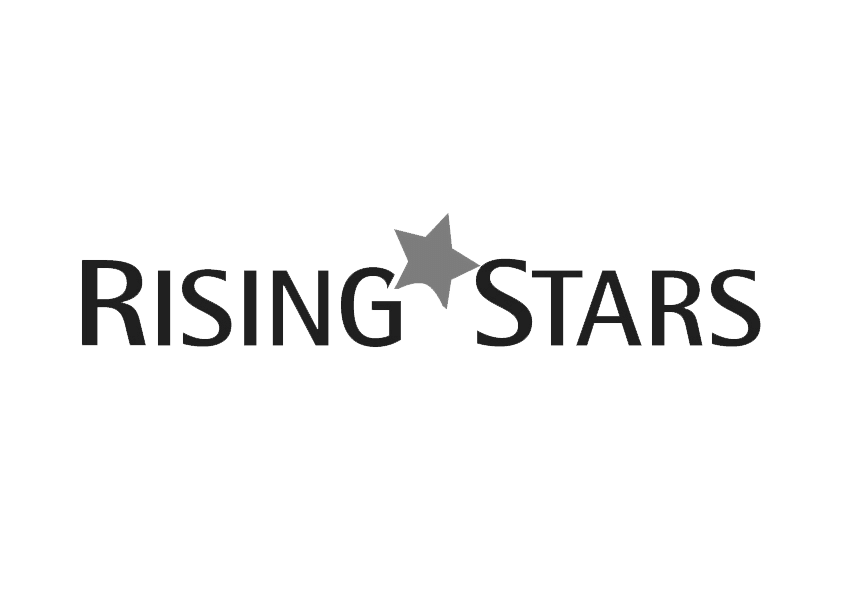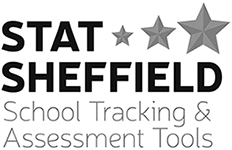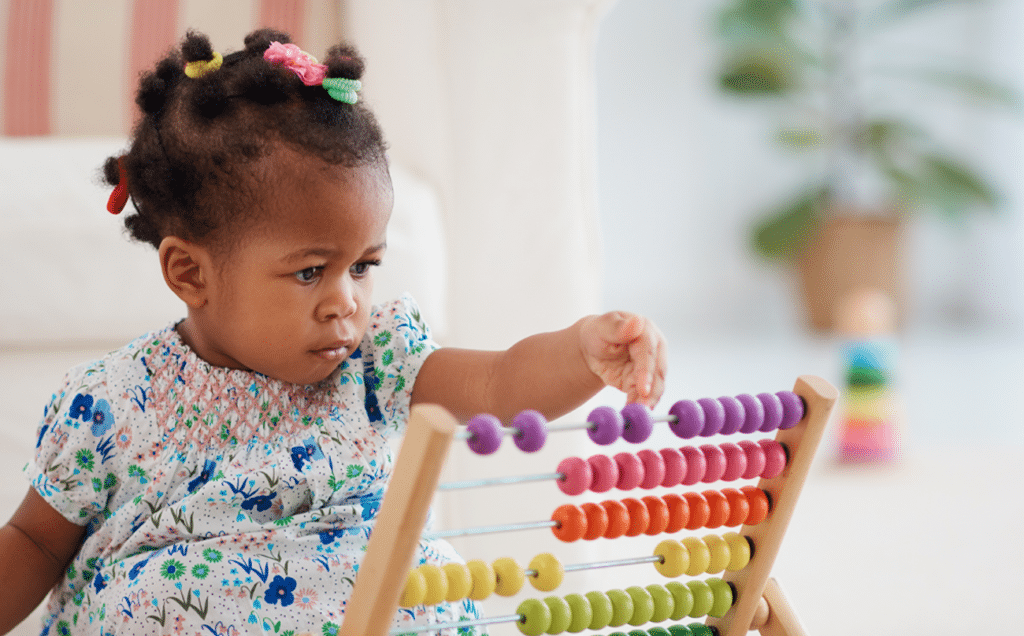
The new Development Matters Guidance, adopted by some schools nationwide during this academic year, becomes the main guidance from September 2021. But what does this actually mean for schools? Are we in the throes of major changes akin to that of 2014 for the National Curriculum?
In short, no. In the words of Julian Grenier, “This is evolution, not revolution”. The process is definitely not one of stopping all our current practice and restarting in a different way. Rather, we are being invited to examine the whole view of the EYFS, to do more of what works well and have permission to reduce bureaucratic excesses.
It is no secret that schools have not had things easy in recent months (who has?) and now is certainly the time to clarify what is realistic to achieve in our own settings. Heads, Senior Leaders and EYFS Practitioners should be taking time to consider the priorities for their own setting and building their own agendas for change in their own way.
Firstly, let’s examine the new EYFS framework which contains the statutory guidance for the sector. Here we find all the principles and practice for settings, broadly unchanged. There are some distinct updates:
- Oral health is now included
- Early Learning Goals remain 17 in number, with some minor edits. More significantly, they are no longer subject to moderation, although are still required to be reported to Local Authorities.
- There is no longer an ‘exceeding’ judgement in the ELG’s.
- New Development Matters guidance (non-statutory). This contains the educational programmes for 0-5 years, some may call this curriculum.
Reviewing this list, it is indeed rather an insignificant change that we are facing. Or is it?
This is about an evolution of practice, rather than a tsunami of statutes. The focus is to move to more effective practice and increase the pace of development for the most disadvantaged children. So where should our focus be turning?
Let’s consider the options for change, the possibilities emerging from the documentation.
Well, importantly we are being called to increase our time with the children and decrease our time in bureaucratic recording activities. So, take a close look at recording activities in your setting and asking the simple question: Who needs this? If the child does, good. If the teacher does, why? If it aids better understanding of the child and helps us carefully frame next steps, then this is also good. But if we are chasing to simply record so that we have ‘enough’ for someone else, or if we feel it is what justifies the time we spend, then this should be questioned.
Following on from this, we could examine the wider picture of data collected on children. Assigning achievement bands can encourage excessive focus on the guidance itself and distract us from the child. We need to take a closer look at how we gather data of any kind.
Any changes in the area of recording will also need examining alongside the professional stages of our team. Established practitioners who understand the development of young children will not need to refer to documentation, whereas those relatively new in the profession might need further scaffolding or development for themselves.
So, in summary, our reviews could be asking the following questions:
- Which guidance should we use?
- What recording do we do?
- What recording do we need to do?
- How do we measure and track progress?
- How could we measure and track progress?
- What CPD is required for our team?
- How will children benefit from all of the above?
With the new developments just released in Tiny Tracker, users have so many choices at their fingertips, there is genuine freedom to follow the path that your children need. The final question that can be added here is ‘How shall we configure our tracker to keep workload to a minimum and ensure that the impact on outcomes for children is greater than ever?’.
Author: Karen Thompson






